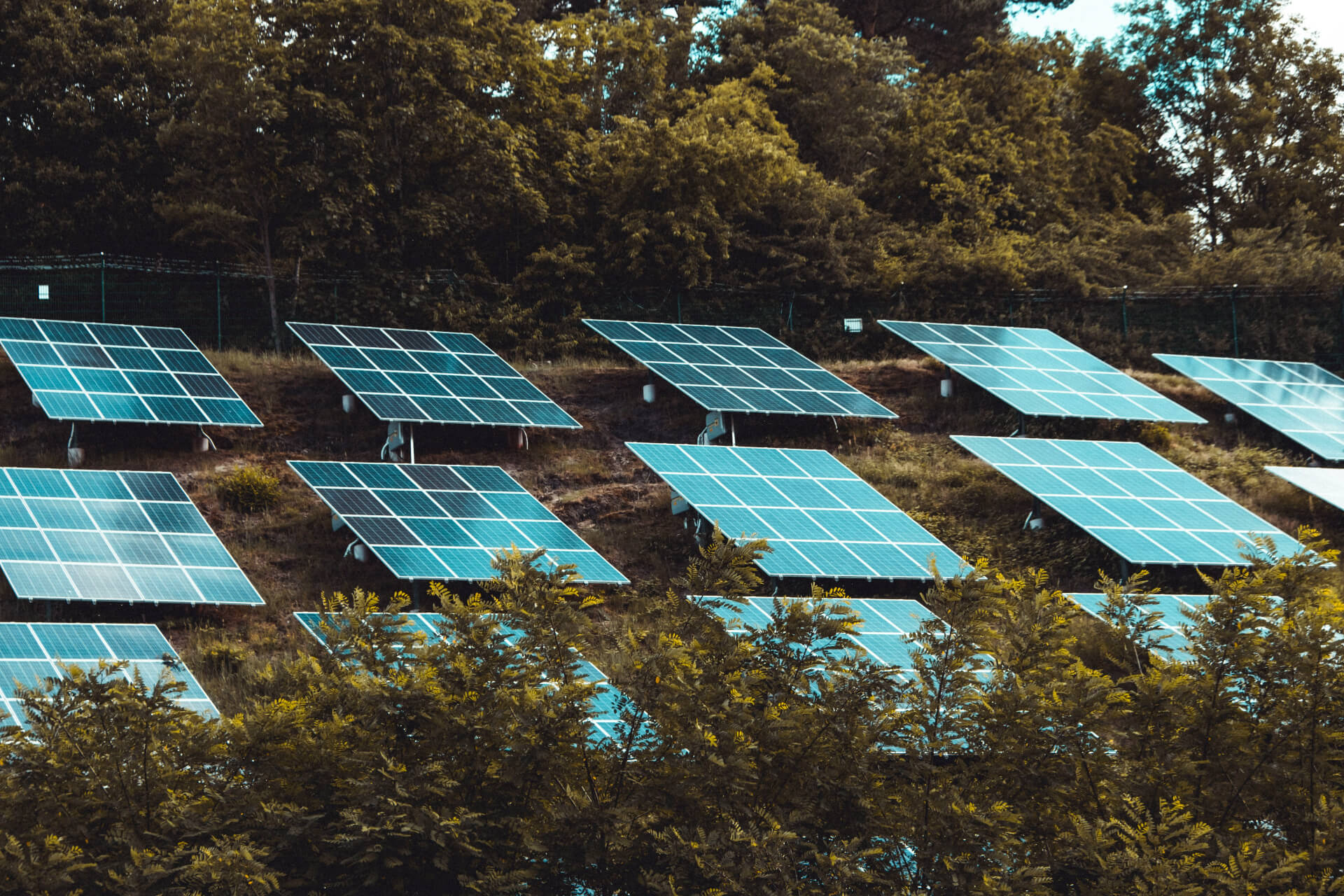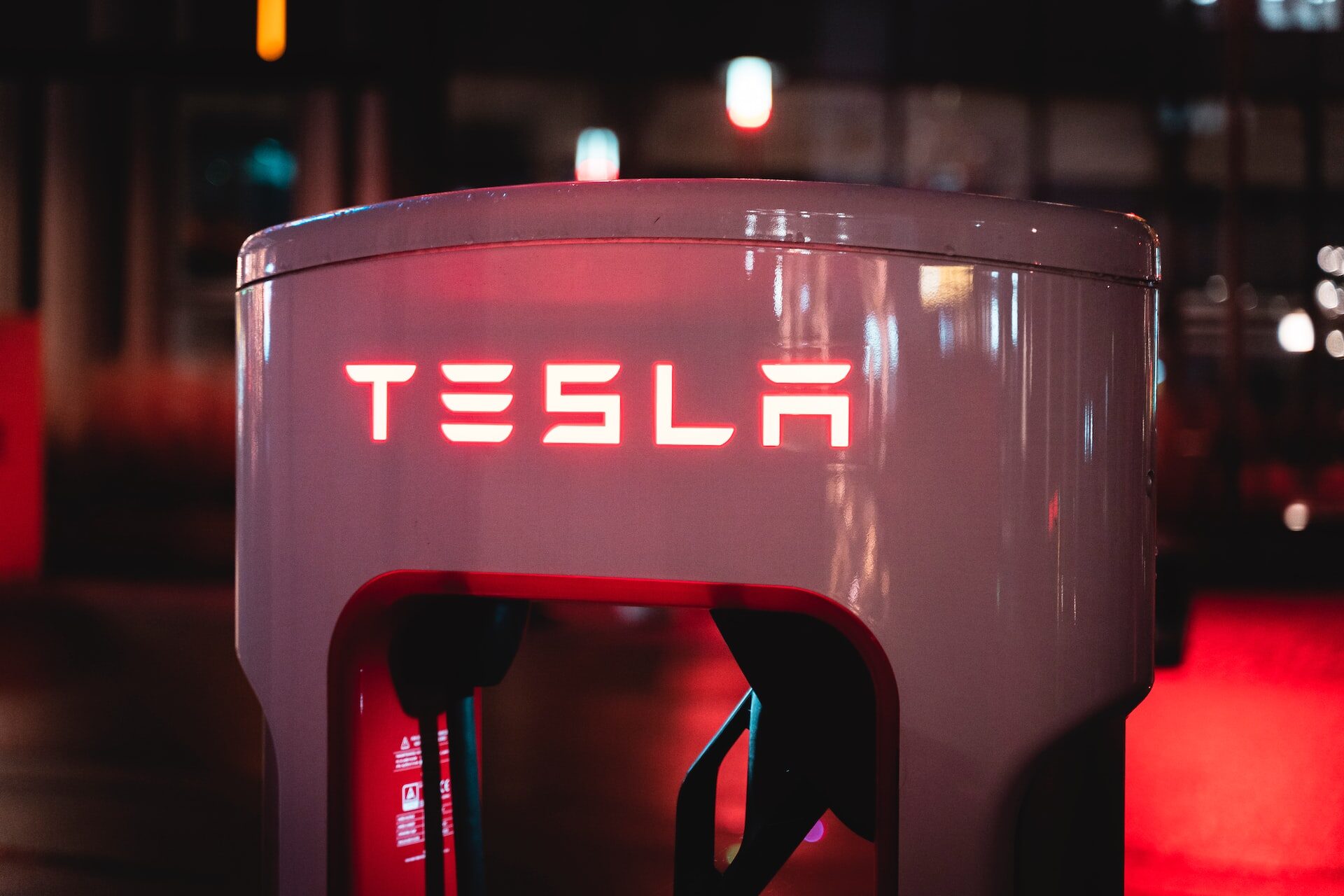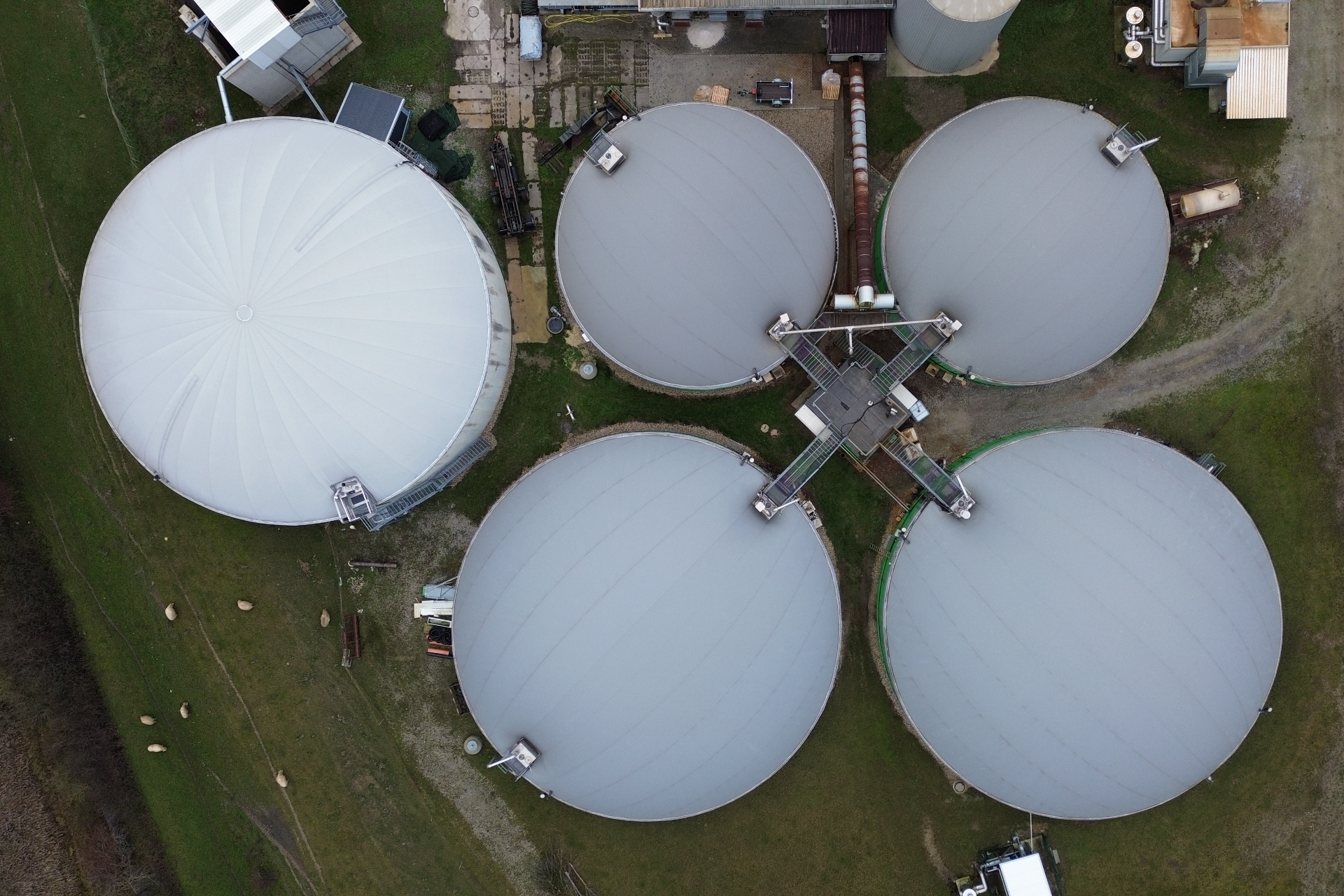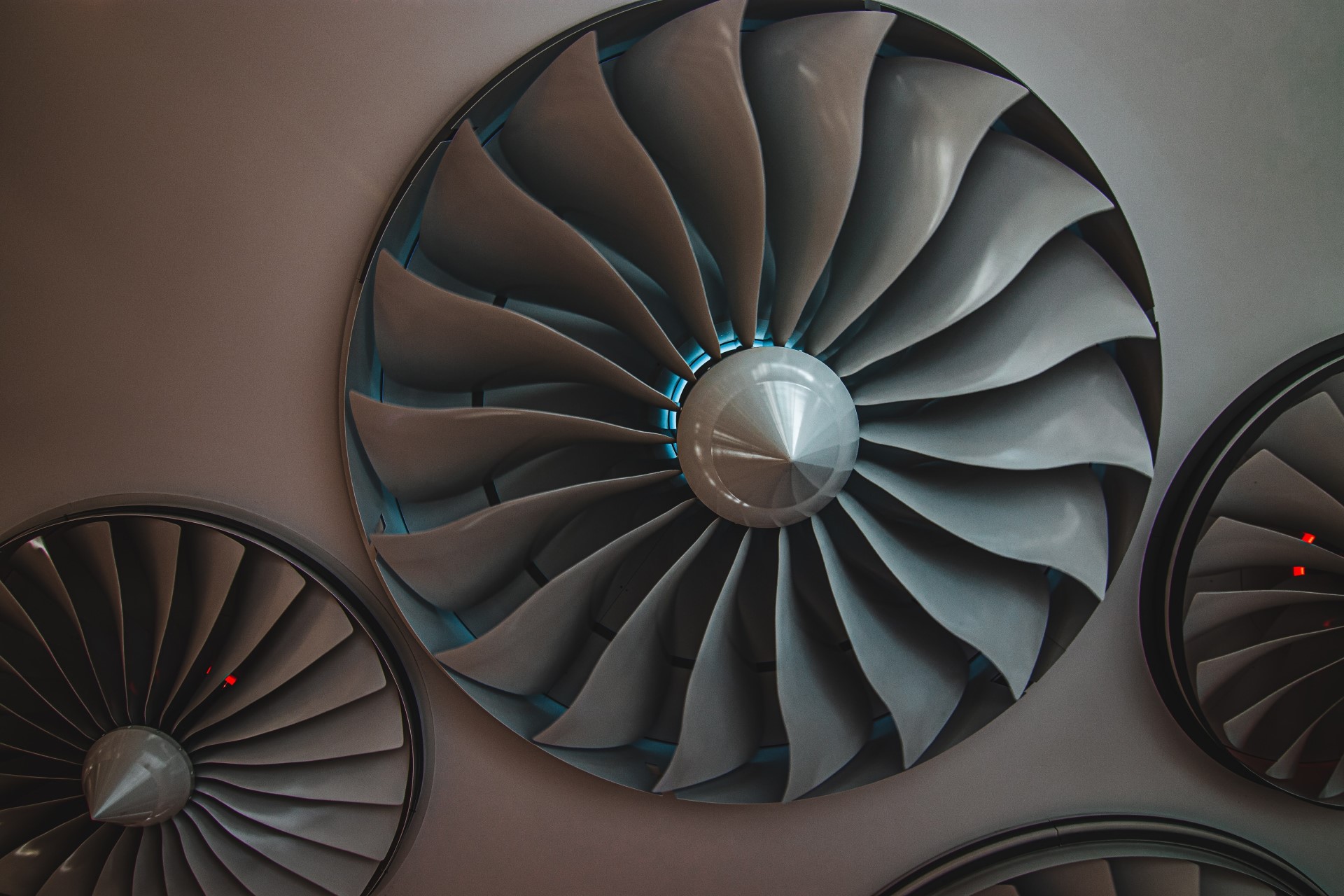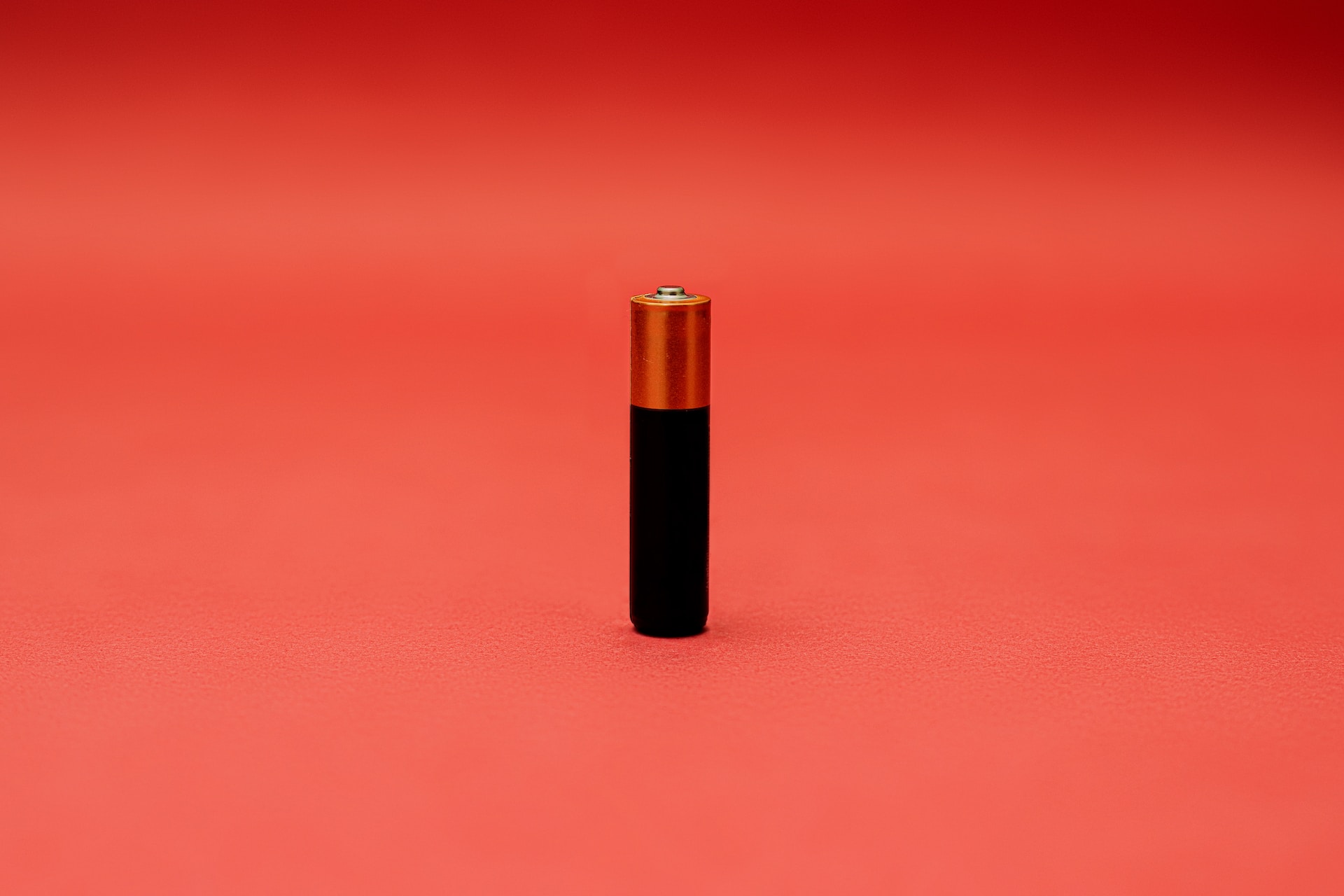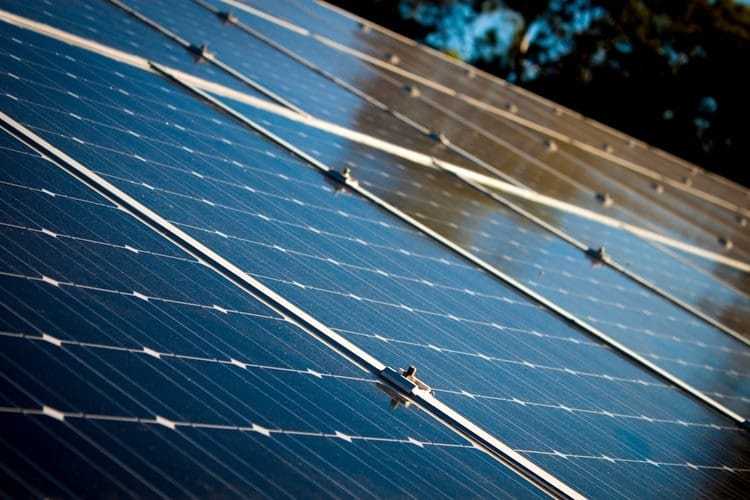
How Will AI Improve Microgrid Energy Efficiency?
April 25, 2019 - Emily Newton
Revolutionized is reader-supported. When you buy through links on our site, we may earn an affiliate commision. Learn more here.
You’re probably familiar with your local electrical grid, and the poles and towers that bring power to your home or business. These massive constructs, called macrogrids, supply energy to a wide area, but rely on the entire grid to remain stable. If one area loses power, it could cascade and cause a massive blackout. Micro energy grids connect to these macrogrids, but can go into “island mode” — functioning autonomously from the primary network — in the event of a problem. Where can we implement microgrid technology, and how can artificial intelligence improve their efficiency?
How Microgrid Technology Works
First, how do these mini electrical grids even work? That depends on what sources of power are available in the area. A hybrid microgrid could combine everything from wind and solar energy to tidal power generation, diesel generators, battery backup storage and even power-to-gas, depending on the needs of the residents.
These systems need to be able to provide all the microgrid’s power if its connection to the macrogrid gets cut off. It’s also popular in areas where it isn’t feasible to run transmission lines, such as island cities that need power, but don’t have space or the technology to set up a power plant.
Microgrid Applications
In a city, microgrids might not seem necessary. Traditionally, these autonomous power grids usually pop up in remote areas where it would be too expensive or too risky to run transmission lines from the area’s central plant. Borrego Springs, Calif., is a fantastic example. It’s 90 miles outside San Diego, but it exists in an area that is prone to flash floods, fires and other natural disasters that can take out a transmission line and knock out power for days at a time.
After a wildfire destroyed its transmission line, the San Diego Gas & Electric Company (SDG&E) won a grant from the U.S. Department of Energy to implement microgrid technology for the town. They ended up needing it in 2013 when severe weather took out that transmission line. They were able to keep a gas station, a library and a retirement community running until SDG&E could repair the damage.
Many cities are starting to implement microgrids within their borders, especially on the East Coast, where massive storms often take out power for days or weeks at a time.
AI in Power Production
Microgrids aren’t the only places where AI might be beneficial. A machine learning artificial intelligence system could help power companies fix problems in real time — at least, issues that don’t require a lineman to repair. AI systems are capable of absorbing and sorting through massive amounts of data. Machine learning algorithms can study the grid, figure out where failures happen and reinforce those spots so if a blackout does occur, it’s easier to repair, so customers don’t end up without power.
With the right programming, these systems can theoretically manage a micro or macrogrid without any human intervention at all. The only task these programs can’t do is go out and repair downed power lines.
How can this help improve the efficiency of new and existing microgrids?
Improving Energy Efficiency with Microgrid Technology
Right now, existing microgrids are capable of keeping some buildings powered in an emergency, but they aren’t efficient enough to keep the lights on in every home in the community.
Instead of manually choosing which buildings get power during an outage, an AI system can use both real-time and historical data to determine the best distribution. It’s possible to set properties by priority — like the retirement community in Borrego Springs, which was essential due to the high outdoor temperatures at the time — but the AI can control the power distribution as it sees fit.
In microgrids like the one in Borrego Springs, which is tied to a large solar farm and rooftop solar to supplement its power stores, the AI can store or distribute power as necessary to ensure there is always enough energy to see the citizens through the blackout.
Introducing Green Energy to the Market
Traditionally, the world generates most of its energy by burning various fossil fuels — oil, coal, natural gas, etc. Green energy is available and ready for most markets, but gas and power companies have been slow to adopt this new option.
Microgrids, especially those augmented with AI, could be a way to introduce green energy to the market slowly. Borrego Springs uses solar power, but microgrids could tap into anything — solar, wind, tidal, geothermal, hydroelectric or biomass. If more towns and cities start using microgrids, we could make a peaceful transition to green energy and reduce our collective reliance on fossil fuels before anyone at Big Power figures out what’s happening.
The Future of Power AI
Artificial intelligence is still in its infancy and requires plenty of human oversight, but if the tests going on right now are any indicator, we’re heading in the right direction. Even existing macrogrids could benefit from introducing controlled AI into their computer systems to increase efficiency and reduce downtime in the event of an outage.
We need to make the transition to green energy to reduce our emissions and work toward reversing climate change. Microgrids that rely on green energy could make that goal easier to attain. In areas like Borrego Springs and others that are prone to natural disasters. Microgrids are a necessity, but they may be the tool we need to improve overall energy grid efficiency and reduce power generation emissions in one fell swoop.
Revolutionized is reader-supported. When you buy through links on our site, we may earn an affiliate commision. Learn more here.
Author
Emily Newton
Emily Newton is a technology and industrial journalist and the Editor in Chief of Revolutionized. She manages the sites publishing schedule, SEO optimization and content strategy. Emily enjoys writing and researching articles about how technology is changing every industry. When she isn't working, Emily enjoys playing video games or curling up with a good book.
